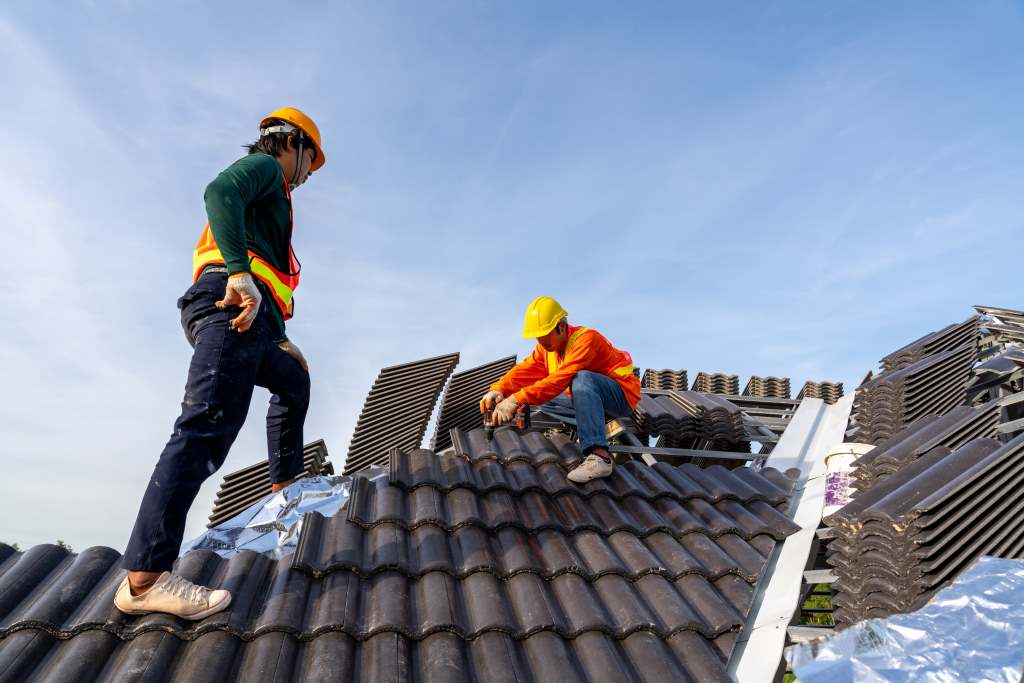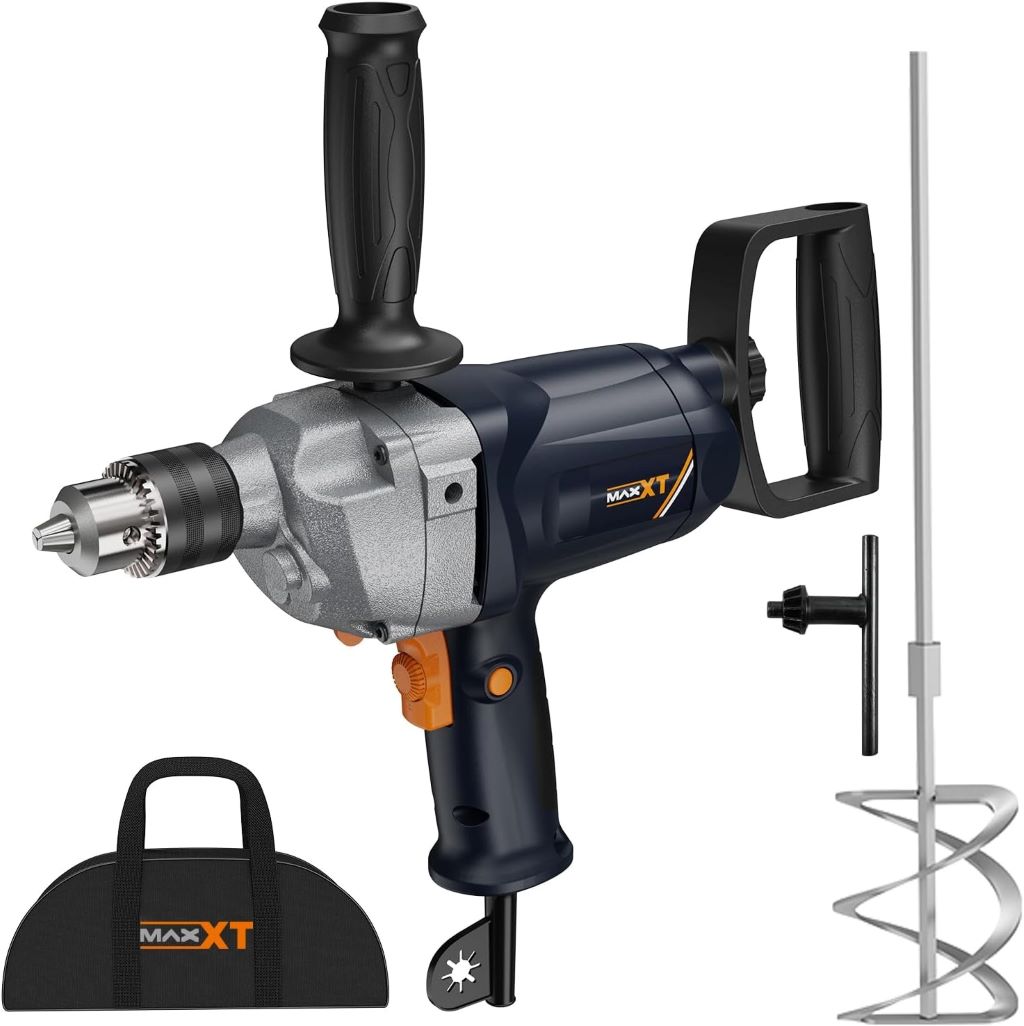Ice dams can wreak havoc on your home during winter, causing leaks and costly damage. Fortunately, ice dam removal without the stress is possible with the right approach. This guide offers practical steps to safely remove ice dams and protect your roof. From understanding the causes to choosing effective methods, we’ll cover everything you need to know. Whether you’re a homeowner or seeking professional help, this article provides clear, actionable advice. Let’s dive into how you can tackle ice dams confidently and keep your home safe this winter.
What Are Ice Dams and Why Do They Form?
Ice dams form when snow melts on a warm roof and refreezes at the colder edges. This creates a barrier that traps water, leading to leaks and shingle damage. Poor insulation, inadequate ventilation, and fluctuating temperatures often contribute. For example, heat escaping from your attic warms the roof, while eaves remain cold, promoting ice buildup.
Additionally, homes with steep slopes or clogged gutters are more prone to ice dams. The trapped water can seep into walls, ceilings, and insulation, causing mold and structural issues. Understanding these causes helps you take preventive steps. Regular roof maintenance and proper insulation can reduce the risk significantly.
How to Identify Ice Dams on Your Roof
Spotting ice dams early prevents major damage. Look for thick ridges of ice along the roof’s edge, especially near gutters. Icicles hanging from eaves are another warning sign. Inside, check for water stains on ceilings or walls, indicating leaks caused by trapped water.
Moreover, inspect your attic for damp insulation or mold, as these suggest ice dam issues. Use binoculars to safely examine your roof from the ground. If you notice uneven snow melting—bare patches on the roof but snow near the edges—it’s a clue. Early detection allows you to act before damage worsens. Always prioritize safety and avoid climbing onto icy roofs.
Safe Methods for Ice Dam Removal
Removing ice dams requires caution to avoid roof damage or injury. One effective method is using a roof rake to remove snow from the roof’s edge. This reduces the snow available to melt and refreeze. Always use a long pole and stay on the ground for safety.
Another approach is applying calcium chloride in a nylon stocking along the ice dam. The chemical melts the ice slowly, creating channels for water to escape. Avoid using rock salt, as it can harm shingles. Additionally, ensure proper ventilation in your attic to prevent further ice buildup. These methods are safe and minimize risks to your home.
- Use a roof rake: Clear snow from the roof’s edge to prevent melting.
- Apply calcium chloride: Place in a stocking to melt ice safely.
- Improve ventilation: Ensure attic airflow to reduce heat buildup.
When to Call Roofing Contractors for Help
Some ice dams are too large or dangerous for DIY removal. In such cases, professional roofing contractors are your best option. They have the tools and expertise to remove ice safely without damaging your roof. For instance, contractors use steamers to melt ice gently, preserving shingles and gutters.
Furthermore, professionals can assess underlying issues like poor insulation or ventilation. Hiring experts saves time and prevents costly mistakes. Look for licensed, insured contractors with positive reviews. Always request a detailed plan before work begins. This ensures your roof remains in top condition and future ice dams are less likely.
Preventing Future Ice Dams
Prevention is key to avoiding ice dam headaches. Start by improving attic insulation to keep heat from escaping to the roof. Sealing air leaks around vents or pipes also helps maintain consistent roof temperatures. Additionally, ensure your attic has proper ventilation to allow cold air circulation.
Another step is keeping gutters clean to prevent water backup. Install gutter guards to reduce debris buildup. For added protection, consider heat cables along the roof’s edge to melt snow before it forms ice. Regular roof inspections catch potential issues early. These measures reduce the likelihood of ice dams forming in future winters.
- Insulate your attic: Prevent heat loss to keep the roof cold.
- Clean gutters: Remove debris to ensure proper water flow.
- Install heat cables: Melt snow before it turns into ice.
Common Mistakes to Avoid During Ice Dam Removal
Improper ice dam removal can worsen damage or cause injury. One common mistake is using a hammer or axe to break ice. This can crack shingles or puncture the roof. Instead, use gentle methods like calcium chloride or steam to melt ice safely.
Additionally, avoid climbing onto a snowy or icy roof without proper safety gear. Falls are a leading cause of winter injuries. Another error is neglecting underlying issues like poor insulation. Simply removing ice without addressing the cause leads to recurring problems. Always prioritize safety and long-term solutions to protect your home effectively.
Tools and Equipment for Ice Dam Removal
Having the right tools makes ice dam removal easier and safer. A roof rake with a long handle is essential for clearing snow from the ground. Choose one with a non-abrasive edge to avoid damaging shingles. Calcium chloride is another must-have for melting ice without harming your roof.
Moreover, a sturdy ladder is useful for inspecting gutters or placing heat cables. Ensure it’s on stable ground before use. For attic checks, a flashlight and moisture meter help identify leaks or damp insulation. Investing in quality tools saves time and prevents costly errors during ice dam removal.
- Roof rake: Clears snow safely from the ground.
- Calcium chloride: Melts ice without damaging shingles.
- Moisture meter: Detects hidden leaks in the attic.
Long-Term Benefits of Proper Ice Dam Management
Managing ice dams effectively protects your home and saves money over time. By removing ice promptly, you prevent water damage to walls, ceilings, and insulation. This avoids expensive repairs and mold remediation. Proper insulation and ventilation also improve energy efficiency, lowering heating costs.
Furthermore, regular maintenance extends your roof’s lifespan. Addressing ice dams and their causes prevents shingle wear and structural damage. A well-maintained roof enhances your home’s value and curb appeal. Taking proactive steps now ensures your home remains safe and comfortable for years, even during harsh winters.
Conclusion
Ice dams are a serious winter threat, but with the right knowledge, you can remove and prevent them effectively. From identifying early signs to using safe removal methods, this guide equips you to protect your home. Whether you tackle the problem yourself or hire professionals, acting quickly is crucial. Preventive measures like insulation and gutter maintenance reduce future risks. By following these steps, you ensure your roof stays in top shape. Have you dealt with ice dams before? Share your tips or questions in the comments below, or share this article to help others stay prepared!




